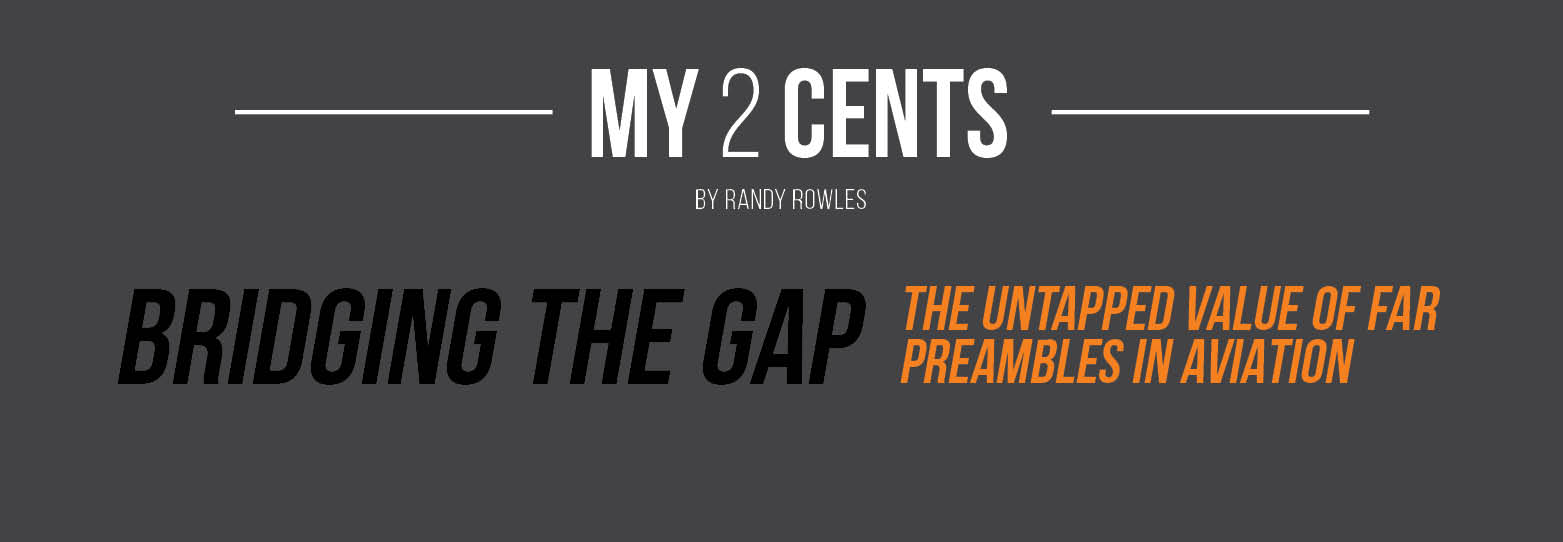|
Dec
23
2024
|
|
Posted 363 days ago ago by Admin
|
|

Author: Randy Rowles
A few weeks ago, a longtime friend and fellow flight instructor reached out to me regarding a regulatory issue surrounding logging night vision goggles (NVG) and night flight time consecutively. Many in the NVG industry, including FAA staff, believe they are to be logged independently. However, this is not correct. It is indeed permissible to log NVG and night flight time consecutively, but don’t take my word for it. Please follow this link and scroll down the pages to Section #29. You’ll find the answer around the third paragraph of that section: [https://www.federalregister.gov/documents/2009/08/21/E9-19353/pilot-flight-instructor-and-pilot-school-certification]
The Federal Aviation Regulations (FARs) are the cornerstone of safe, consistent aviation practices in the United States, governing everything from aircraft maintenance to pilot certification. Yet, an often-overlooked element of these regulations is their preambles, the foundational text accompanying many rules that provides critical insight into the intent, scope, and reasoning behind the regulation. These preambles, while not legally binding in the same way the regulations themselves are, offer an indispensable interpretive lens for understanding how and why a rule exists. Despite their importance, there is an alarming lack of awareness and utilization of these preambles among aviation professionals, a gap that not only limits operational understanding but also hinders the industry.
The preambles to the FARs are more than just dry, bureaucratic introductions. They tell the story of the regulation’s creation, reflecting input from stakeholders, the regulatory agency's rationale, and the anticipated impacts on the aviation community. They often include summaries of public comments received during the rulemaking process and the Federal Aviation Administration’s (FAA’s) responses to those comments. By reading these preambles, one can gain insight into the nuances of a regulation, clarify ambiguities and reveal the broader safety or operational concerns that prompted the rule's adoption.
However, most aviators, mechanics, and even regulatory compliance officers rarely delve into these preambles. Training programs for pilots and technicians tend to focus exclusively on the regulatory text itself: emphasizing compliance rather than comprehension. The result is a rote learning approach that neglects the broader context of the regulations. Pilots learn to follow the rules but often lack an understanding of the "why" behind them. This can lead to a narrow interpretation of regulatory requirements, sometimes resulting in decisions that technically meet the letter of the law but fall short of its spirit. In an industry where safety is paramount, such a gap in understanding can have significant consequences.
The neglect of FAR preambles is not due solely to a lack of knowledge or apathy. The structure of aviation education and the demands of the profession also play a role. The sheer volume of information aviation professionals must absorb is daunting, and training programs are designed to prepare individuals to pass exams and operate within the regulatory framework efficiently. Delving into the historical and contextual details of preambles is often viewed as a luxury, secondary to mastering operational requirements. Additionally, the preambles themselves are not readily accessible or well-publicized. Unlike the FARs, which are systematically organized and updated in widely available manuals and digital platforms, preambles are buried in the Federal Register or other regulatory publications, making them less convenient to consult.
READ MORE ROTOR PRO: https://justhelicopters.com/Magazine
WATCH ROTOR PRO YOUTUBE CHANNEL: https://buff.ly/3Md0T3y
You can also find us on
Instagram - https://www.instagram.com/rotorpro1
Facebook - https://www.facebook.com/rotorpro1
Twitter - https://twitter.com/justhelicopters
LinkedIn - https://www.linkedin.com/company/rotorpro1